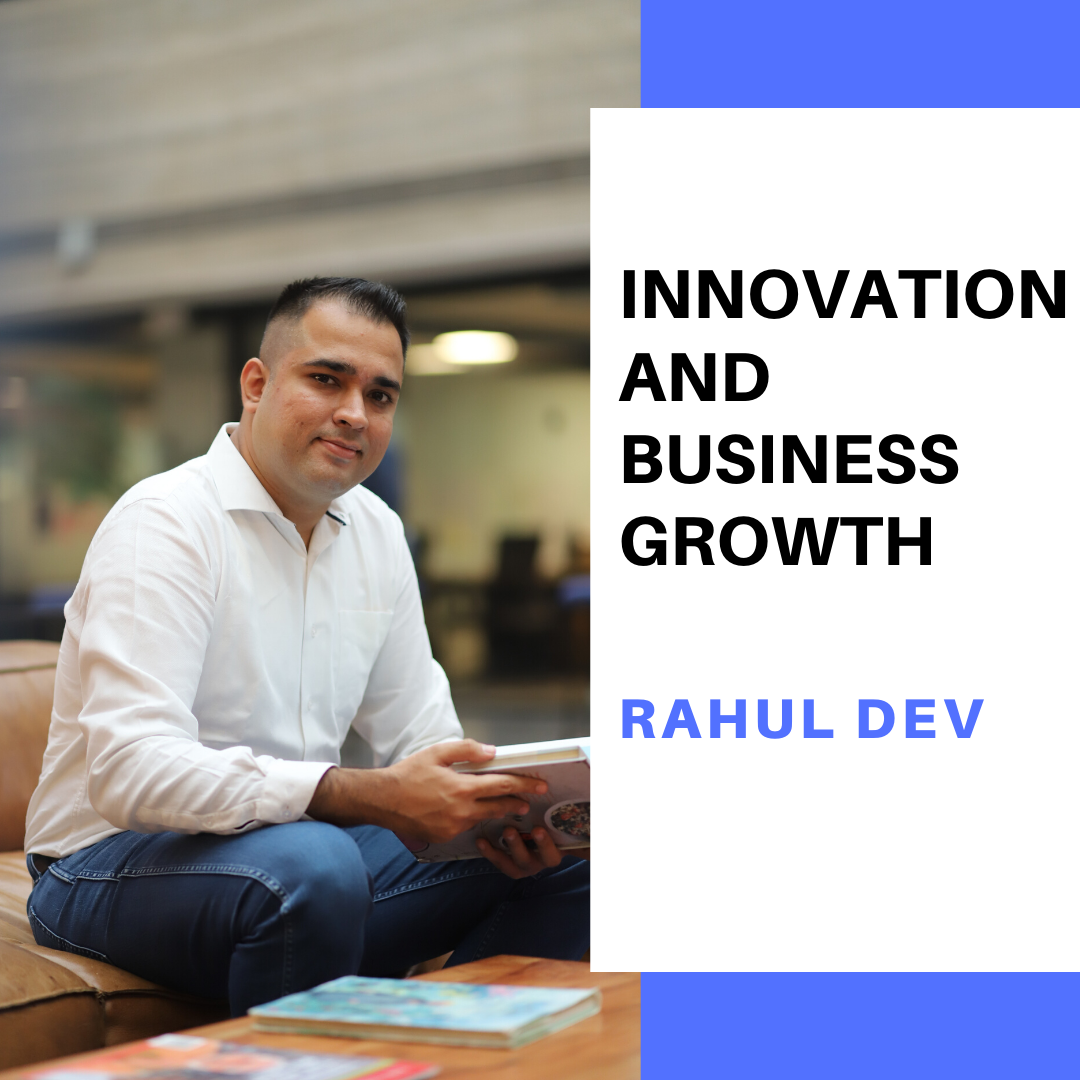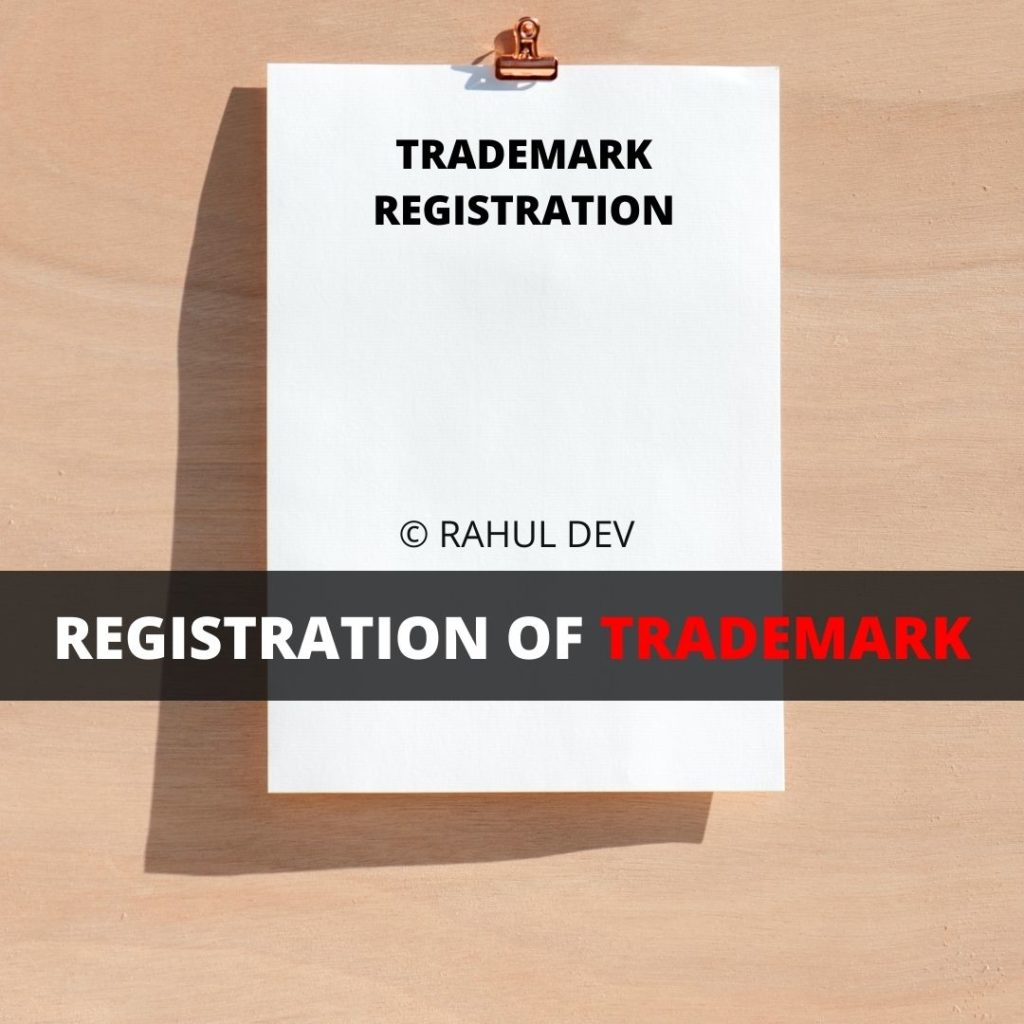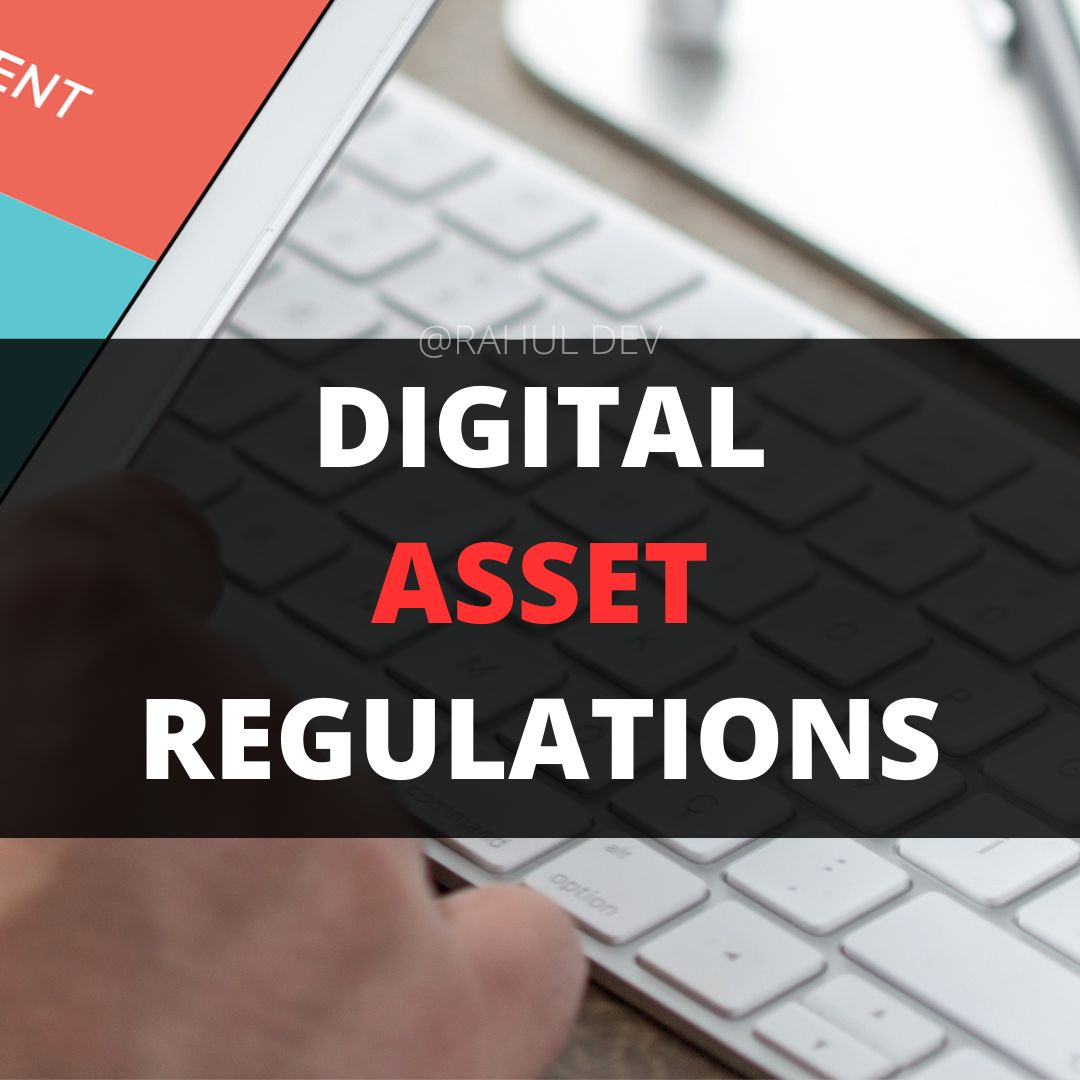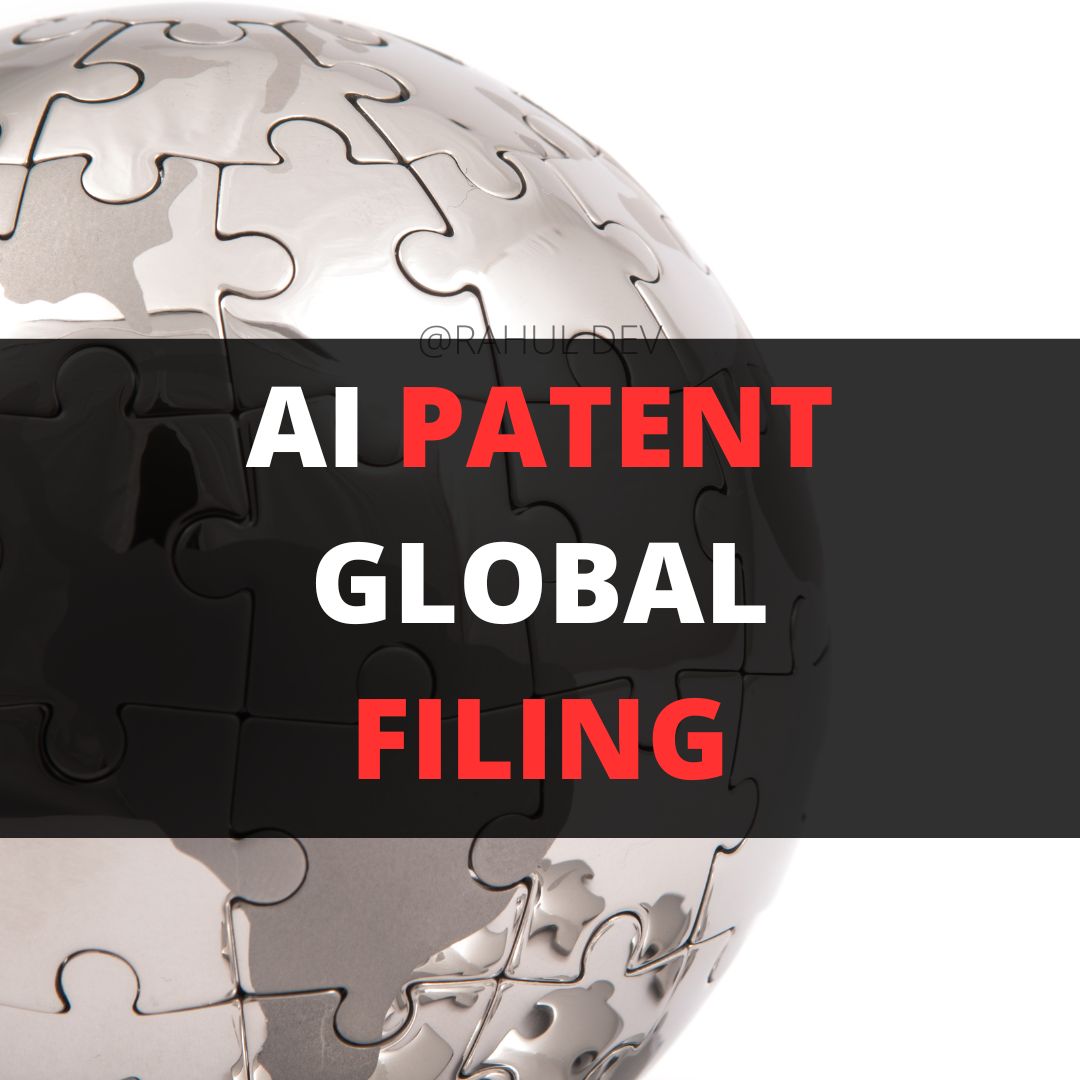

Protect Your Brand Worldwide
trademark rights
Secure your brand name and logo from being copied
International trademarks
Protect your brand in 100+ countries

Secure your brand name and logo from being copied
Protect your brand in 100+ countries
Trademark Registration consists of various procedure, steps and compliances with laws. For successful Registration of Trademark, forms are submitted along with the prescribed fees.
The registration of Trademarks in India since its advent encompasses the filing of numerous Forms by the trademark proprietor, agent, or advocate with the Registry. For successful registration of trademark requests, forms are submitted along with prescribed fees and requisite documents as indicated in the Act and Rules. Under the existing requirements of the Trademark Rules 2017, a petition for registration of a trademark can be initiated through Form TM-A. Rule 10 and 11 of the Trademark Rules, 2017, cite the requirements regulating the filing of fees and forms for trademark registration in India. The petition is categorized into many parts:

A trademark can be filed as one of the following:
An ordinary request is submitted for a word, device, or any such assortment.
This includes trademarks where the mark belongs to a joint institution or union of individuals. For instance, the Indian Standards Institute (ISI) trademark.
A certification trademark on a commodity pertains to a mark of excellence, tangibility, or a confirmation of the fact that the factory has assessed the commodity, and fulfils the necessary standards. For instance, the Fruit Products Order (FPO) trademark.
The primary component of the trademark can be utilized in different ways by the owner, and rather than filing different applications, they can be documented as a series.
For instance, McDonald’s has the term ‘Mc’ registered as a series, which denotes their unique goods such as Mc Veggie, Mc Chicken, etc.
Thus, since a TM–A is the very first application that initiates the registration process for a trademark it must cite the nature of the entity in whose title the trademark application is documented.
The nature of the entity filled in the TM-A depends on whether the entity falls within the classification of an individual proprietor, start-up, small enterprise, or others.
The fee charged for the entity varies relying on the constitution of the application.
This includes the primary information of the applicant under whose authority the trademark is registered. This information comprises data such as the name, trade name, and address of the central place of business, and must be provided properly.
This includes the primary information of the agent that is given in the prescribed form. Also, the nature of the agent is required to be defined. The nature of the agent provided in the form includes:
An individual who is of or above 21 years of age and has a graduate degree from a recognized Indian Institution or credentials equal to it is competent to appear for the examination of the trademark. Once they pass the examination, the individuals become registered trademark agents.
A legal expert who represents his case for a client in a court of law.
Constituted attorney is a power of authorization proprietor operating on behalf of an individual.
Here, the form must describe the classification and description of the trademark. These details must be mentioned clearly without ambiguity.
A word mark is a trademark that consists of a term or a set of words together. The words may not have any certain connotation, however, they have been adopted as one of the most common kinds of trademarks.
An assortment of images and terms or graphics is called a device mark. This encompasses brands, slogans, and illustrations.
A specific colour or an assortment of hues can be deemed as a trademark if it enables a consumer to characterize the goods or services that the applicant proposes from that of its rivals. It is mostly the most difficult classification of a trademark that can successfully obtain protection and be enforced.
An object has three-dimensional elements, and thus these structures or shapes such as cold drink bottles, the Xbox 360 logo, etc. also fulfill the criteria of trademarks. They are generally characterized by the physical image of the commodity or its packaging.
Here, the melody or music plays as the distinguishing element of the services or goods that the entity proposes. The role of the melody or music is its capacity to formulate an impression amongst the audience so that it is simple to recollect.
The mark must be portrayed definitely and legibly with the size not surpassing 8cm x 8cm.
Wherein the assortment of colours is not limited to black and white, the distinction of the trademark is contemplated accordingly. Wherein the trademark is a colour mark, its portrayal must be described in detail. For sound marks, a clipping of the melody or tune in an MP3 format must also be provided along with the application.
Wherein the trademark is in a dialect other than English or Hindi, the dialect has to be cited and the translation of the mark in English must be submitted.
This limitation or conditions arises from the very fact of what all can be trademarked and what cannot be.
This limitation implies onto that the product must be non – functional; which means, it must not have any purpose or function to it.
For example, a pen design can be trademarked, but if there is a special feature of cushion grip or any functional design that enhances usability, it cannot be trademarked as it can be used by organisations to limit competition by registering functional elements and pursuing the trademark rights against a competitor.
Any limitation set concerning the practice of the trademark must be cited in the form in detail.
The class of the special commodities or services that the trademark pertains to has to be defined in the form clearly.
The declaration concerning the usage of the trademark is issued in the application under this sub-head and is filled accordingly. This declaration once brought about, shall be authorized and final.
When a particular trademark is documented, the proprietor is awarded a 6mos period from the date of initial filing to be documented in any other nation also.
This is accomplished to guarantee that the priority claim can be rendered on a particular trademark over the world to prevent future disputes. The prescribed fields cited in the application are filled accordingly.
Our team of advanced patent attorneys assists clients with patent searches, drafting patent applications, and patent (intellectual property) agreements, including licensing and non-disclosure agreements.
Advocate Rahul Dev is a Patent Attorney & International Business Lawyer practicing Technology, Intellectual Property & Corporate Laws. He is reachable at rd (at) patentbusinesslawyer (dot) com & @rdpatentlawyer on Twitter.
Quoted in and contributed to 50+ national & international publications (Bloomberg, FirstPost, SwissInfo, Outlook Money, Yahoo News, Times of India, Economic Times, Business Standard, Quartz, Global Legal Post, International Bar Association, LawAsia, BioSpectrum Asia, Digital News Asia, e27, Leaders Speak, Entrepreneur India, VCCircle, AutoTech).
Regularly invited to speak at international & national platforms (conferences, TV channels, seminars, corporate trainings, government workshops) on technology, patents, business strategy, legal developments, leadership & management.
Working closely with patent attorneys along with international law firms with significant experience with lawyers in Asia Pacific providing services to clients in US and Europe. Flagship services include international patent and trademark filings, patent services in India and global patent consulting services.
Global Blockchain Lawyers (www.GlobalBlockchainLawyers.com) is a digital platform to discuss legal issues, latest technology and legal developments, and applicable laws in the dynamic field of Digital Currency, Blockchain, Bitcoin, Cryptocurrency and raising capital through the sale of tokens or coins (ICO or Initial Coin Offerings).
Blockchain ecosystem in India is evolving at a rapid pace and a proactive legal approach is required by blockchain lawyers in India to understand the complex nature of applicable laws and regulations.
Read About Patent FIling Guide



